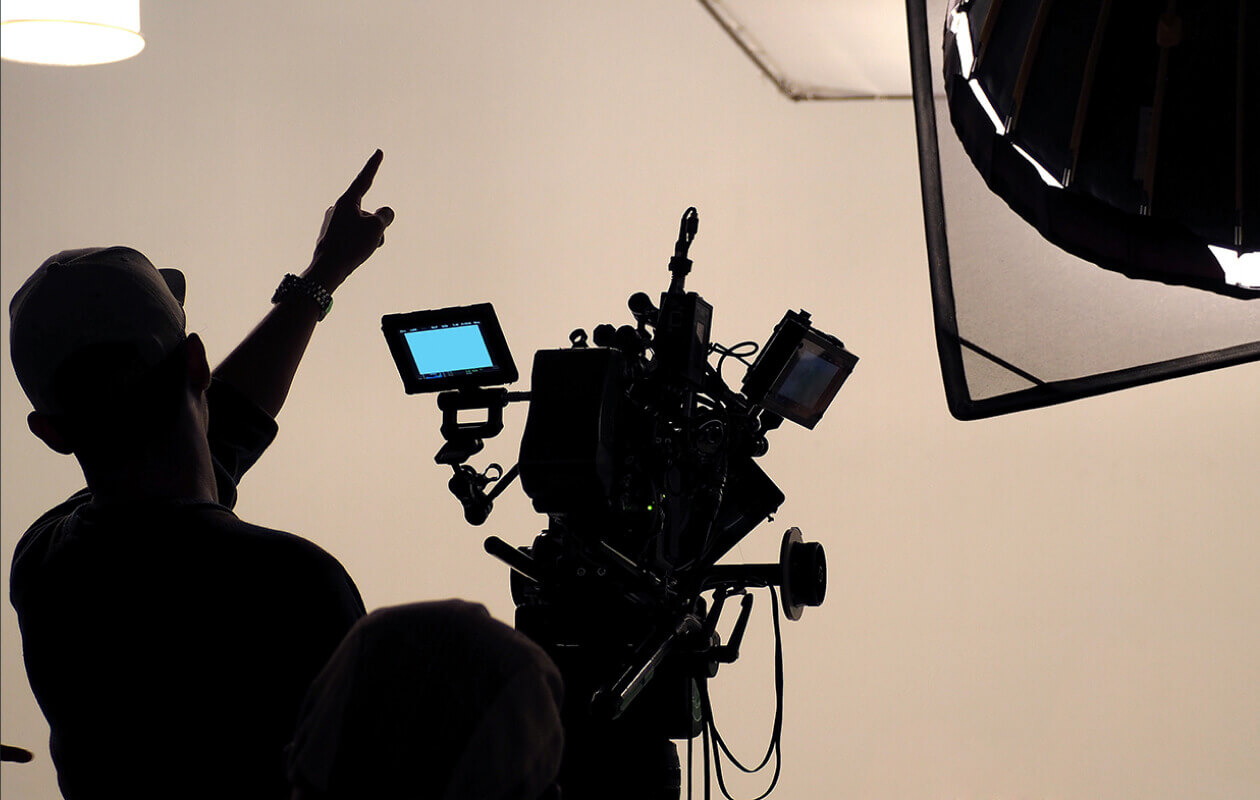Animation and Motion Graphics in Video Production








Animation and Motion Graphics in Video Production
Animation and Motion Graphics in Video Production
Animation and motion graphics play a crucial role in video production, offering dynamic ways to enhance storytelling and deliver information creatively. Here’s how they contribute to a video’s success:
1. Visual Appeal and Engagement
Animation and motion graphics can significantly increase the visual appeal of a video. When used effectively, they capture attention and keep the audience engaged, making the content more exciting and entertaining. This is especially important for platforms like social media, where quick engagement is key. Animated elements, like transitions, titles, and logos, can keep viewers interested, leading to better retention and interaction.
- Example: In explainer videos, motion graphics are often used to break down complex concepts into simpler, digestible animations that make the subject matter easier to understand.
2. Enhancing Storytelling
Animation provides a powerful tool for storytelling, allowing abstract ideas, fantasies, or concepts that are difficult to represent with live-action footage to come to life. By illustrating concepts visually, animation can evoke emotions, set the tone, and create memorable experiences.
- Example: Story-driven animations can highlight themes, like a character’s journey or company milestones, in ways that live-action footage cannot always replicate. For instance, animated characters or scenes might symbolize abstract ideas like growth, conflict, or success.
3. Branding and Identity
Motion graphics help reinforce brand identity by incorporating logos, color schemes, and other brand elements into the video. These graphic elements are not only functional but also stylistically unify the video with the brand’s image. Animation can breathe life into static logos, transforming them into animated sequences that align with the brand’s tone, making them more memorable to the audience.
- Example: Many companies use animated logos or motion graphics in their intro/outro sequences to maintain consistency and reinforce their brand recognition.
4. Communication and Information Delivery
One of the most impactful uses of animation and motion graphics is in educational and instructional videos, where visuals help break down complex information into easy-to-understand chunks. Through animated diagrams, charts, and data visualizations, the audience can grasp the key points without feeling overwhelmed by information.
- Example: Motion graphics are widely used in infographics and data-driven presentations, such as financial reports or educational content, making dry statistics and trends more engaging and easier to digest.
5. Flexibility and Creative Freedom
Unlike live-action footage, which is often bound by physical limitations, animation offers limitless possibilities. Creators can visualize anything from outer space to microscopic particles, creating environments that wouldn’t be possible in reality. This creative freedom allows video producers to craft highly imaginative and innovative content.
- Example: Animated characters and environments can be fully designed to fit a creative vision without needing real-world constraints like physical sets, props, or actors.
6. Cost-Effectiveness
For some types of content, animation and motion graphics can be more cost-effective than hiring actors, using physical locations, or creating expensive sets. Especially for short-form content like advertisements, animation can provide a high-impact experience without the hefty production costs of traditional video.
- Example: For a short commercial or ad, motion graphics can deliver powerful visuals without needing an extensive production team, making them an ideal choice for budget-conscious brands.
7. Versatility Across Platforms
With different platforms demanding varying formats and video styles, animation offers the flexibility to adapt quickly. Motion graphics can be resized, repurposed, and re-edited to fit the specific needs of different media, from social media snippets to long-form videos on YouTube or corporate websites.
- Example: A branded motion graphic for Instagram stories can be adapted into a longer animated segment for YouTube, ensuring consistency across multiple platforms.
Key Tools for Creating Animation and Motion Graphics
Several tools are commonly used to create animation and motion graphics, including:
- Adobe After Effects: Industry-standard software for creating motion graphics and visual effects.
- Blender: A free, open-source 3D creation suite.
- Toon Boom: Popular software for 2D animation.
- Cinema 4D: Used for creating 3D motion graphics and visual effects.
Conclusion
Incorporating animation and motion graphics into video production enhances storytelling by making videos more visually appealing, engaging, and informative. These elements not only help simplify complex ideas but also add a creative flair that elevates the overall production value. Whether used for branding, educational purposes, or pure entertainment, animation and motion graphics are indispensable tools for creating impactful videos.
Here are some popular hashtags you can use for video production-related content to boost engagement and reach relevant audiences:
- #VideoProduction
- #FilmMaking
- #VideoMarketing
- #ContentCreation
- #CorporateVideo
- #VideoEditing
- #Videography
- #FilmmakerLife
- #VideoStrategy
- #ProductionCompany
- #EventVideography
- #CommercialVideo
- #ExplainerVideos
- #SocialMediaVideo
- #AnimationProduction
- #VideoMarketing
- #ContentMarketing
- #VideoStrategy
- #DigitalMarketing
- #VideoContent
- #MarketingTips
- #SocialMediaMarketing
- #VideoAds
- #BrandStorytelling
- #EngagementMarketing
- #OnlineVideo
- #ViralVideo
- #VideoProduction
- #YouTubeMarketing
- #MarketingStrategy

